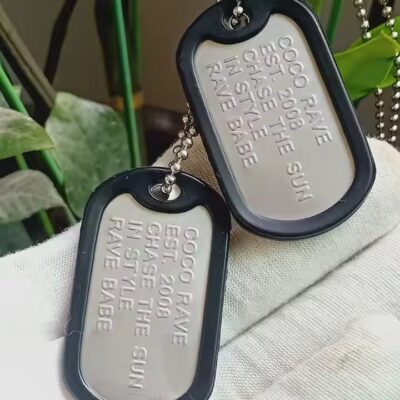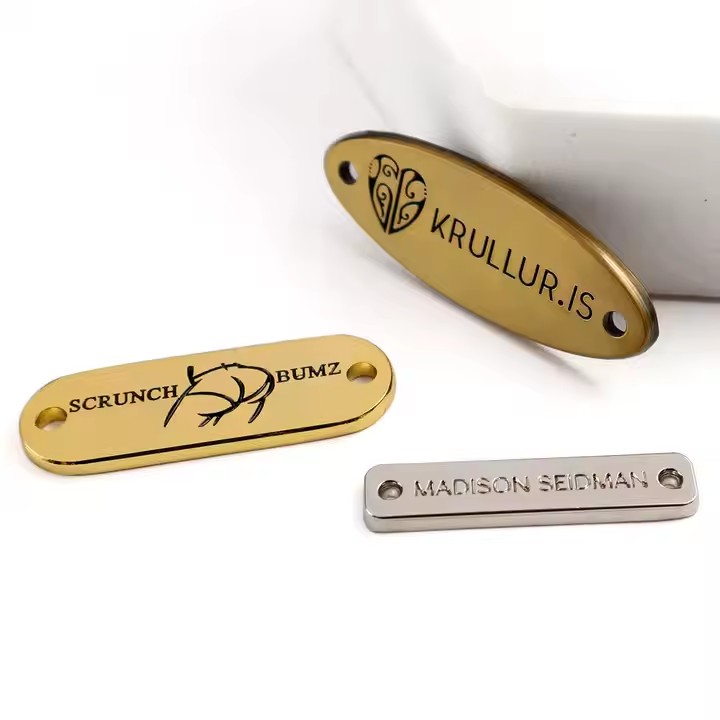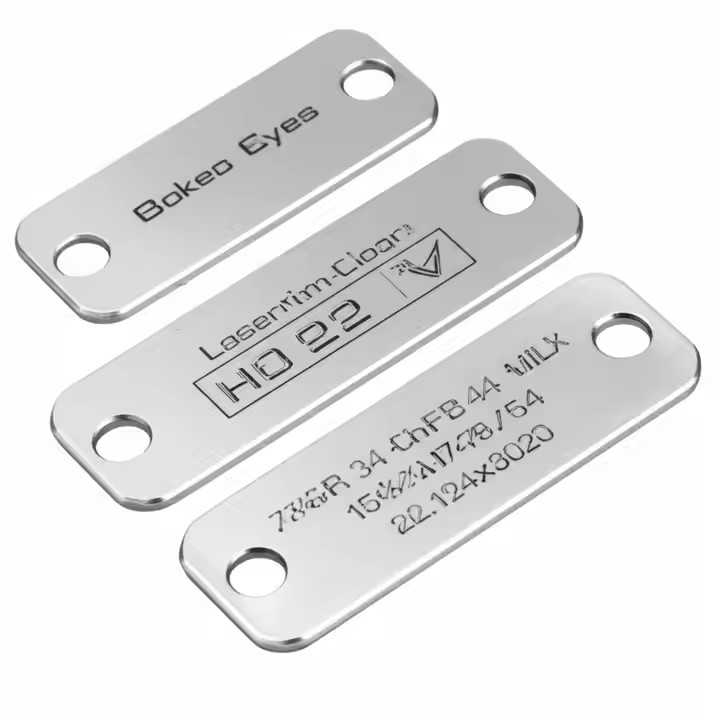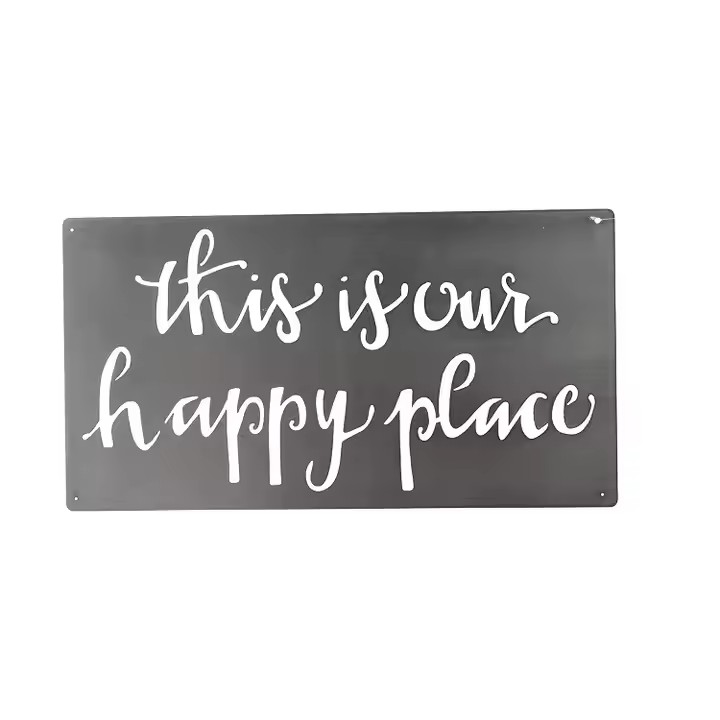

Introduction
When selecting etched metal tags, choosing the correct thickness and size is just as important as the material or design. The right specifications ensure your tags remain readable, durable, and functional in demanding environments such as factories, outdoor equipment, or medical devices.
This article explains the most common thicknesses and dimensions used in etched metal tag production, along with guidelines for choosing the right combination for your application.
Typical Thickness Options for Etched Metal Tags
Etched metal tags are available in a variety of thicknesses depending on use cases. Here are the most common thickness ranges:
| Thickness | Metric (mm) | Best Use Cases |
|---|---|---|
| 0.3 mm | Thin (0.012″) | Lightweight labeling, electronics, nameplates |
| 0.5 mm | Medium-Thin (0.02″) | General indoor labeling, indoor asset tags |
| 0.8 mm | Medium (0.031″) | Outdoor use, mild industrial applications |
| 1.0 mm | Thick (0.04″) | Industrial environments, durability needed |
| 1.5 mm+ | Extra-Thick (0.06″+) | Heavy-duty, harsh conditions, machinery plates |
Notes:
-
Thinner tags (0.3–0.5 mm) are lightweight and flexible, suitable for flat surfaces.
-
Thicker tags (1.0–1.5 mm) offer more durability against impact, weather, and wear.
Common Size Specifications
Custom etched tags can be made in almost any shape or size, but the following dimensions are frequently used in manufacturing:
| Size (mm) | Size (inches) | Application Example |
|---|---|---|
| 20 × 40 mm | 0.8” × 1.6” | Small equipment labels, wire tags |
| 25 × 50 mm | 1” × 2” | Asset ID tags, tool tags |
| 38 × 76 mm | 1.5” × 3” | Control panel, valve tags |
| 50 × 100 mm | 2” × 4” | Industrial nameplates, large logos |
| 100 × 150 mm+ | 4” × 6”+ | Machine info plates, compliance plates |
Tip: Rounded corners and mounting holes (e.g., 3mm, 4mm diameter) can be added for easy installation with screws, rivets, or zip ties.
Custom Shapes and Hole Options
In addition to standard rectangles and squares, custom shapes (oval, round, notched, etc.) are widely supported in etched metal tag manufacturing.
Popular Customizations Include:
-
Pre-drilled mounting holes
-
Adhesive backing (3M tape)
-
Barcodes or QR codes
-
Serial numbering
-
Paint-filled or color-filled etched areas
How to Choose the Right Thickness and Size
Your selection should depend on several key factors:
-
Environment – Outdoor or high-wear areas require thicker tags.
-
Mounting Method – Adhesive? Rivet? Zip tie? That affects size and hole placement.
-
Readability – Ensure the tag is large enough to display all necessary text/barcodes.
-
Surface Type – Thin tags may suit curved surfaces better than rigid thick ones.
-
Budget – Thinner materials usually cost less but may have lower lifespan.
Conclusion
There’s no one-size-fits-all for etched metal tags, but understanding common thickness and size ranges can help you choose more efficiently. Whether you need durable tags for a rugged environment or compact labels for electronic components, customizing your tag dimensions ensures better performance and longer lifespan.
📩 Call to Action
👉 Need expert help selecting the right size and thickness for your etched metal tags?
We offer free design consultations, samples, and bulk pricing for OEM and industrial clients.
Contact us today for a fast quote and tailored support.




